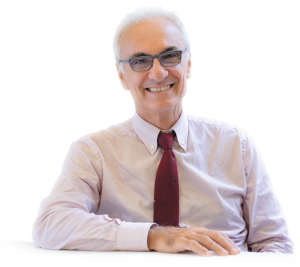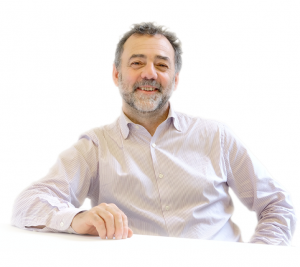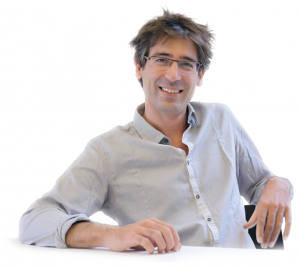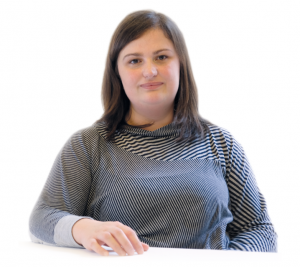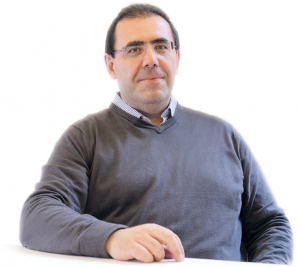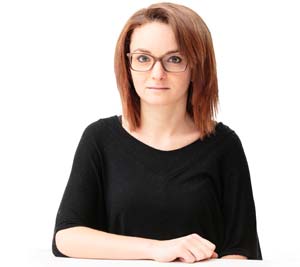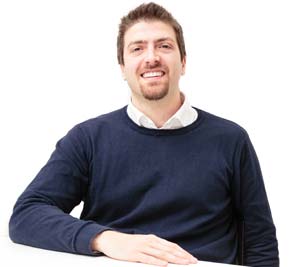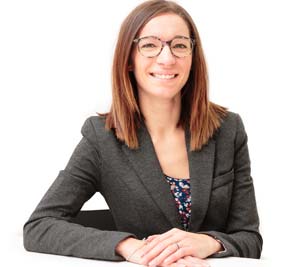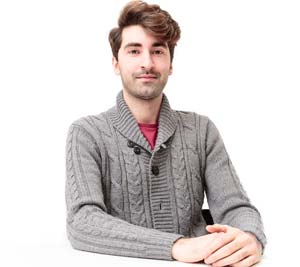Cookies
In conformità con la più recente normativa del Garante per la protezione dei dati personali dell'8 maggio 2014, recante "Individuazione delle modalità semplificate per l'informativa e l'acquisizione del consenso per l'uso dei cookie", PLINIVS, nella persona del responsabile scientifico Giulio Zuccaro, informa gli utenti di quanto segue.
Informazioni generali sui cookie
Il cookie è un piccolo file di testo che viene salvato sul computer di chi accede a un sito web allo scopo di registrare informazioni relative all'accesso. La normativa segnala la differenza fra i cosiddetti "cookie tecnici" (utilizzati per mantenere la sessione di navigazione o facilitare successivi accessi dal medesimo dispositivo) e i cookie di profilazione adoperati in genere per la somministrazione di contenuti pubblicitari profilati. E' importante ricordare in ogni caso che i cookies possono essere rifiutati adoperando le preferenze del browser di navigazione.
Come disabilitare i cookie
Se non desideri ricevere cookie sul tuo dispositivo di navigazione puoi adoperare le impostazioni del tuo browser seguendo le informazioni ai link di seguito indicati:
Microsoft Internet Explorer link
Google Chrome link
Mozilla Firefox link
Safari link
Opera link
Cookies utilizzati dal sito PLINIVS
PLINIVS non fa uso diretto di cookies di profilazione. Gli unici cookies generati (oltre eventuali cookies tecnici) sono cookies di terze parti, come quelli relativi ad analytics adoperati per la misurazione degli accessi alle pagine del sito o ai pulsanti di condivisione sociale di Facebook, Twitter e Google Plus. Per maggiori informazioni su questi cookie di terze parti che potrebbero intervenire durante la navigazione:
Google Analytics (informativa)
Facebook (informativa)
Twitter (informativa)
Google+ (informativa)
Chiudi


